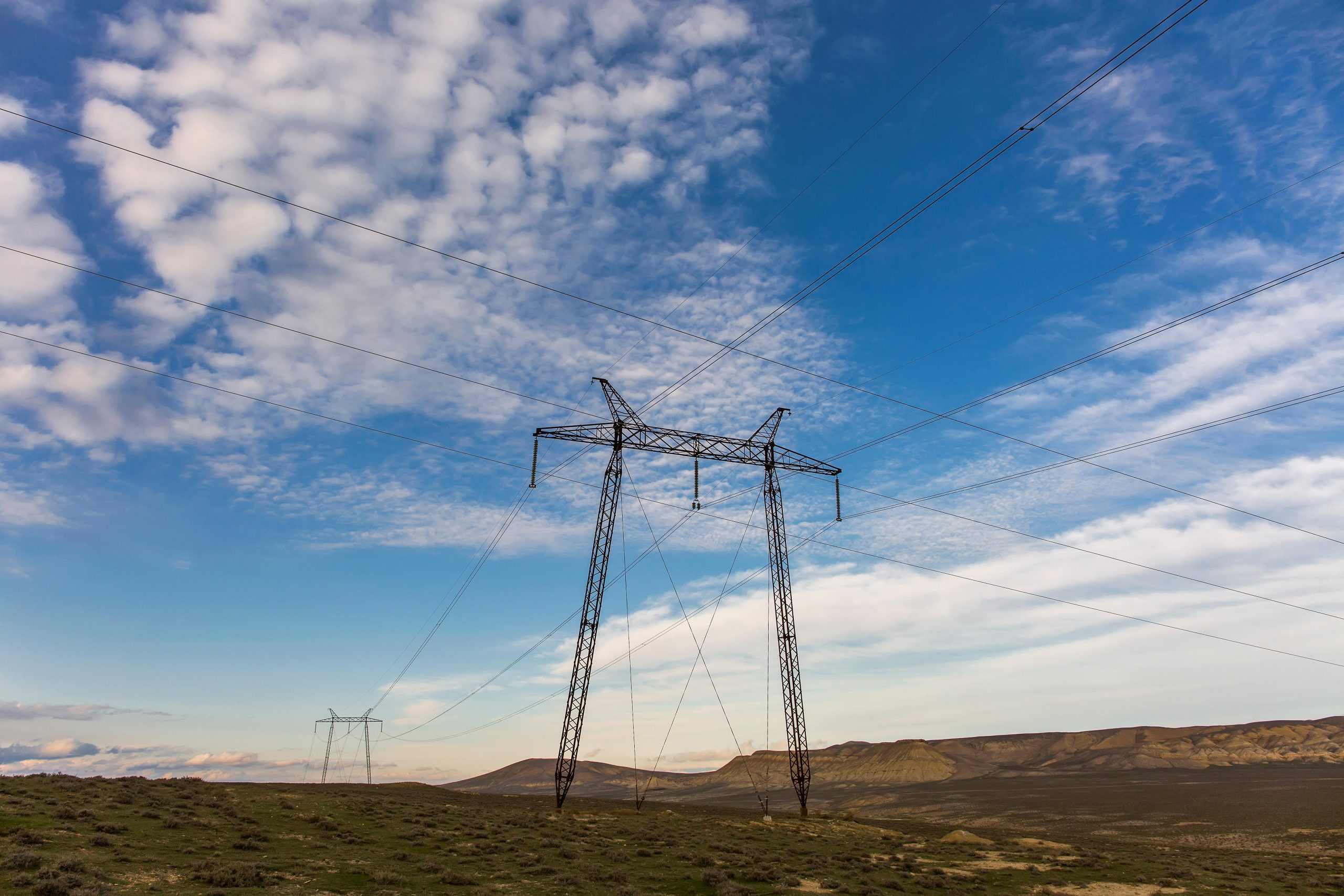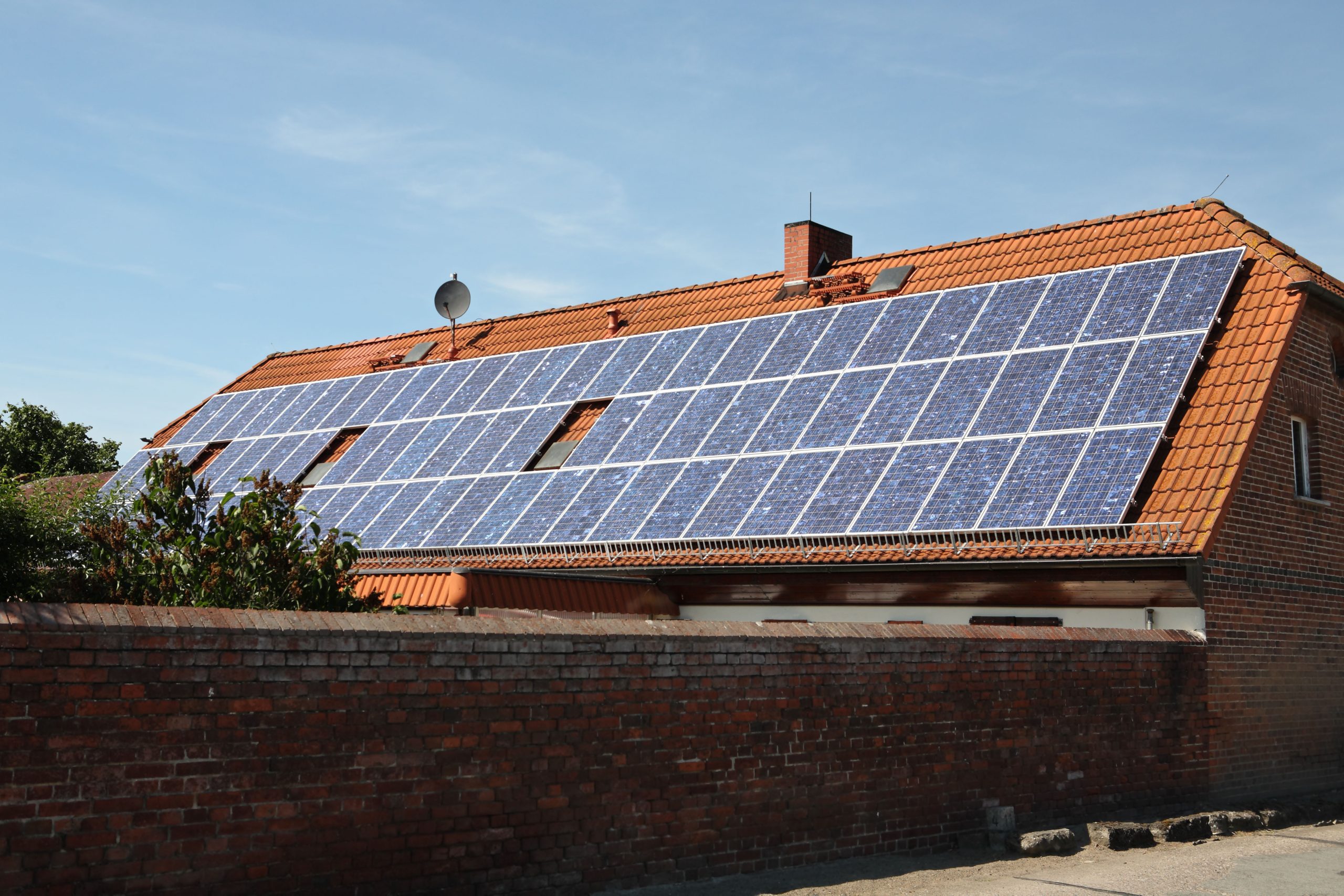Chapter 2:
EU Electricity Trends
In this chapter
EU Electricity Trends
Data on the EU electricity sector in 2023
Data on the EU electricity sector in 2023, with an overview of changes and trends over the last two decades.
Electricity generation
Generation: Current status
EU power mix reaches milestone of two-thirds from clean sources
Generation: Long-term trend
Fossil fuels fell to a third of EU power, down from over half in 2000
Electricity demand
Demand: Current status
EU electricity demand fell 3.4% year-on-year
Demand: Long-term trend
EU electricity demand was 6% lower in 2023 than its peak in 2008
Power sector CO2 emissions
Emissions: Current status
EU power sector emissions fell 19% in 2023 – the largest decline on record
Emissions: Long-term trend
EU power sector emissions have nearly halved since their peak in 2007
Related Content




